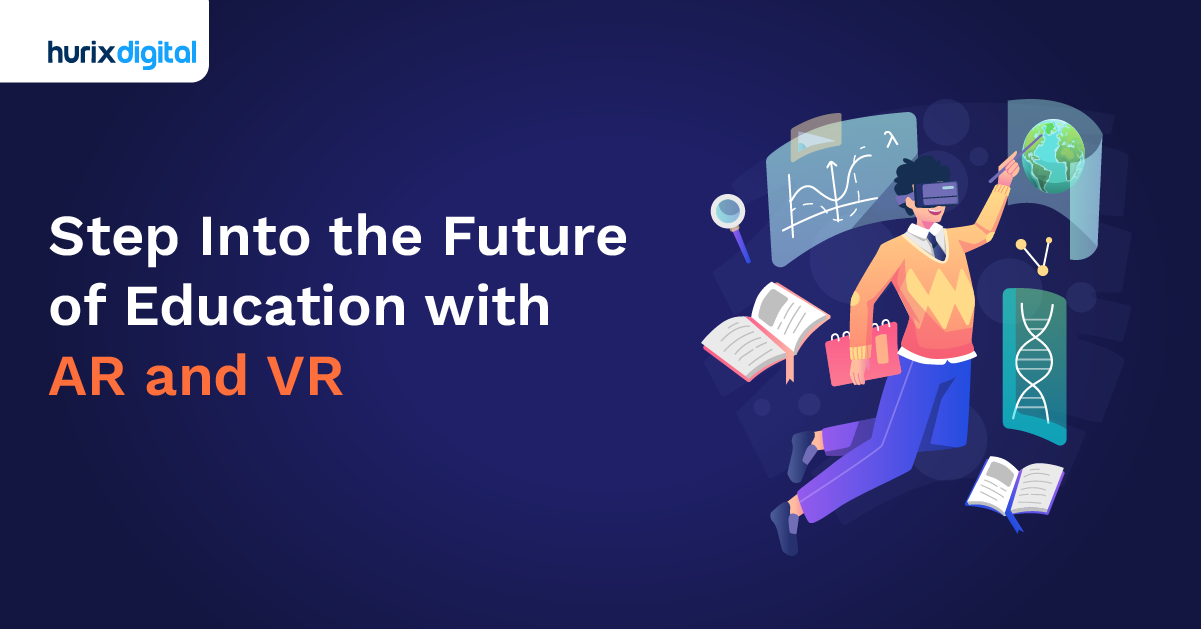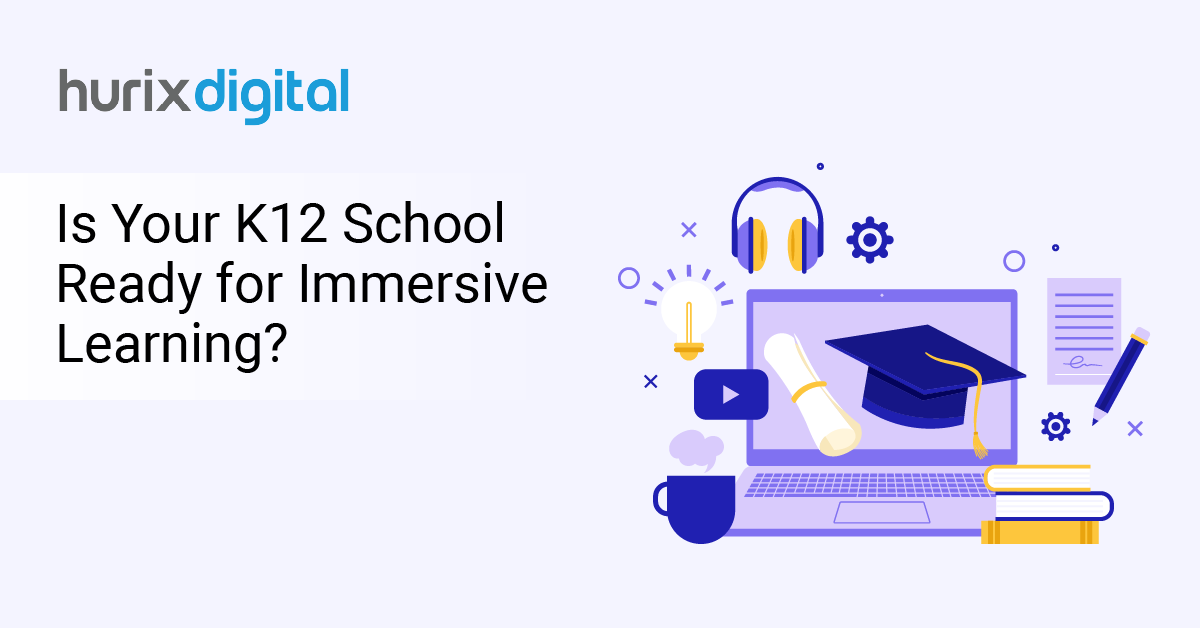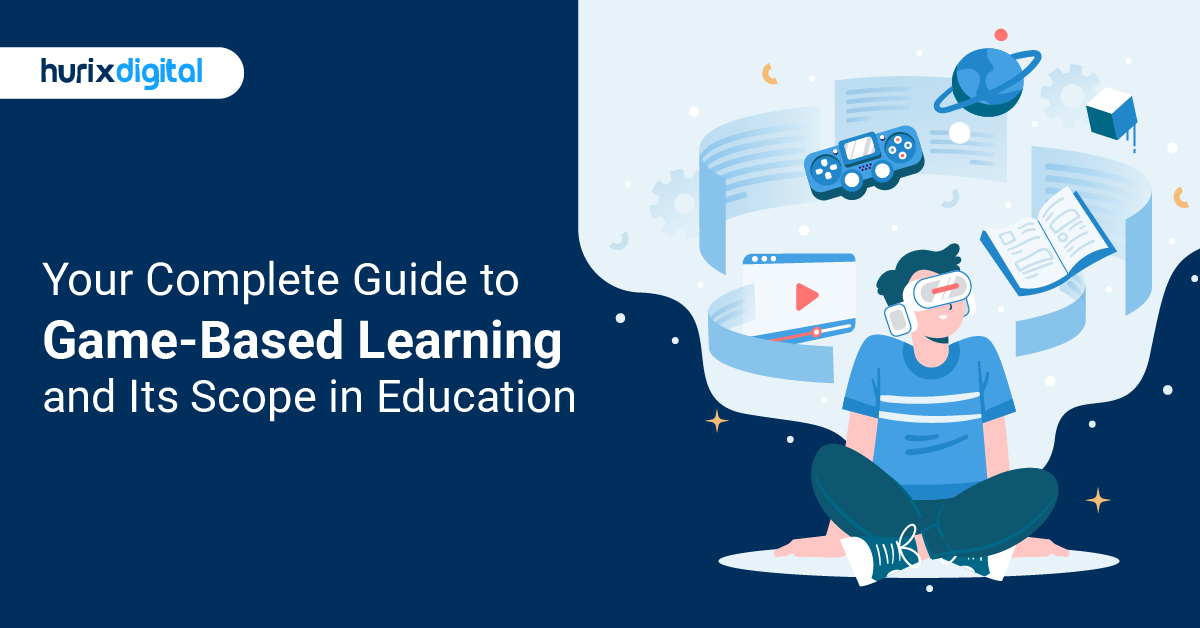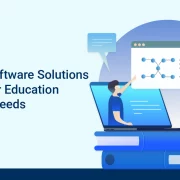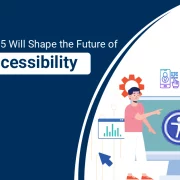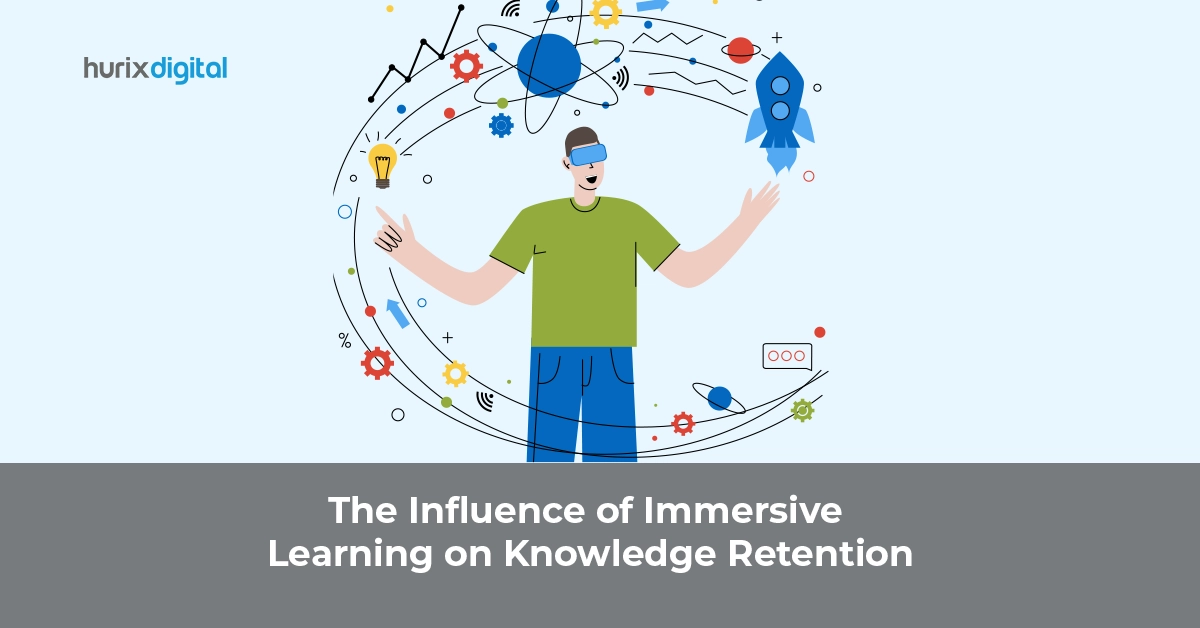
The Influence of Immersive Learning on Knowledge Retention
Summary
Several studies and research have been conducted on the poor retention power of students and readers in traditional education. Students have succumbed to cramming and learning without practice, which only gives them temporary knowledge of a specific topic instead of a lifelong lesson.
Not only students in the field of education but also young learners in the corporate field have felt the frustration of only being able to retain as much as 5% after attending a critical training session.
However, this has changed. Modern education delivery systems allow learners to grasp more, comprehend better, and retain as much as possible. Today, education is not limited to listening or reading; it has extended its reach to practical demonstrations, simulation-based learning, presentations, experiences, case studies, and real-life learning scenarios – all thanks to immersive learning!
Immersive learning is about engagement and high memorability! In this guide, we will learn more and discover how it has revolutionized the learners’ capacity to retain and imbibe as much content as possible.
Table of Contents:
- What is Immersive Learning?
- Why Does Immersive Learning Boost Knowledge Retention?
- Different Immersive Learning Technologies
- How Immersive Experiences Benefit Everyone
- Conclusion
What is Immersive Learning?
Before we discuss the meaning and definition of immersive learning, let us consider a scenario.
Imagine a person who suffers from vertigo and has never experienced a rollercoaster ride because of his fear. Just by using a special headset, that same person can sit in one place and experience the adventure without physically being a part of the ride. This is augmented reality learning.
In another example, imagine explaining how a heart beats to a K12 learner using text and hand-made diagrams—just as it has traditionally been. On the other hand, picture a classroom that uses virtual reality in engagement and shows a simulation of how a heart beats, with extensive scrutiny of various other functions that the human heart can perform.
Such hands-on learning techniques are interactive learning experiences!
Immersive learning is a process of learning by doing things and experiencing things firsthand. Whether it is learning in a computer-generated environment or using simulation-based learning techniques, such immersive learning experiences show the real world around you and help you interact with it. These technologies make learning more fun, enhance knowledge retention, and augment engagement in education.
Also Read: Why Should Your Institute Invest in Immersive Learning Modules in 2024?
Why Does Immersive Learning Boost Knowledge Retention?
Learning by doing, using games, simulation-based learning, or role-playing activities, helps you experience things. Here are some ways in which immersive learning augments knowledge retention:
1. Engagement in Education
Immersive learning is all about creating realistic learning environments using virtual reality in education, simulation-based learning, and augmented reality learning. Learners can participate in the process and stay engaged and focused, which eventually helps them retain as much knowledge as possible.
2. Multimedia-Rich Content
Interactive simulations, graphs, diagrams, infographics, graphics, animations, videos, audio, and real-life scenarios compel learners to engage with the material.
This interactive content promotes a deeper understanding of a complex subject and augments memory retention. It further stimulates multiple senses and makes it easier for learners to remember and recall information.
3. Emotional Connection
Did you know that emotional learning is more powerful than physical learning?
According to research, emotional learning positively impacts a student’s academic performance and holistic well-being. Since emotions are closely linked to memory, immersive learning’s storytelling power can evoke emotions and make the information more memorable.
4. Promotes Problem-Solving
Interactive learning experiences promote hands-on experiences, which empower learners to complete tasks and solve problems. Whatever knowledge has been gained through simulations, presentations, or text will be applied practically, which actively reinforces learning among learners.
Moreover, instant feedback helps them understand their strengths and weaknesses and identify areas of improvement. This again augments knowledge retention.
5. Repetitive Scenarios
Learners are allowed to explore to the maximum in risk-free and safe environments. Here, you can repeatedly engage with the content or learning techniques until you master them.
Reinforcing learning helps learners retain maximum information in different contexts and generalize knowledge. It further encourages experimentation and exploration and builds confidence, which can enhance memory retention.
Different Immersive Learning Technologies
Let us learn about different advanced tools that create interactive environments and enhance learning experiences:
1. Virtual Reality in Education
This experience allows learners to use a headset and immerse in a 3D world.
In this world, they can interact with real-life scenarios and explore more without coming across real-world risks. This simulation-based learning environment is specifically effective for training that requires a physical presence, such as healthcare practices.
2. Augmented Reality Learning
AR helps learners grasp more using devices like smartphones or AR glasses. They can visualize additional information which otherwise isn’t possible in the natural environment. This is useful for tasks that require contextual information, such as learning about historical sites.
3. Mixed Reality Learning
This is an amalgamation of VR and AR learning experiences where learners can work on collaborative projects and make the most of real-world and virtual interaction. Such learning is most beneficial in concepts like product development.
4. 360-Degree Learning
Imagine learning about the solar system and how planets work using the 360-degree learning approach. This format helps learners learn by looking in every direction and getting a comprehensive view of the surroundings without being physically present.
5. Simulation-Based Learning
Simulation-based learning is all about replicating real-world scenarios and using computer-based models to present them to learners. Simulations work in practical fields like aviation, where pilots can train on flight simulators to experience flying an aircraft without leaving the ground.
6. Gamification Based Learning
This kind of immersive learning is best suited for K12 learners, where educational content can be more fun and engaging. You can introduce reward-based learning, challenge-based tasks, interactive quizzes, and other contest-based techniques to motivate learners while enjoying the process.
How Immersive Experiences Benefit Everyone
Interactive learning experiences are revolutionizing the way learners grasp knowledge and remember it for a lifetime. Let us look at some of the key benefits of immersive learning:
- More Engaging: Immersive learning is all about learning by doing. This means that learners engage with the content, apply their skills, and retain knowledge, which leads to engagement in education.
- Better Understanding: Simulation-based learning helps you understand concepts, solve problems, think critically, and make rich choices in safe environments.
- Personalized Approach: Whether your learning is visual, auditory, or kinesthetic, virtual reality in education enhances your skills and retention power based on your pace and strengths. You have the leverage to repeat and learn and refer to the same context as much as you want.
- Globalized Learning: Immersive learning breaks down geographical barriers, as students can learn in different languages, visit different places virtually, learn about various cultures, attend augmented field trips, and solve real-life case studies.
- Lifelong Learning: Interactive learning experiences make learning exciting and accessible throughout life.
Check out EXCLUSIVE: Hurix Minibook: Immersive Learning for the WIN in Education!
Conclusion
Immersive learning is the future. Today, it has become an adventure that encourages knowledge retention, engagement in education, and learner curiosity. Learners can grasp knowledge in safe virtual settings and develop skills that help them in the modern world of education and employment.
If you want to experience such amazing learning experiences or learn more about immersive learning, Hurix Digital can help. We have a passionate team that can help you bring your ideas to life. Learn more about interactive learning experiences and experience how they enhance knowledge retention and redefine learning in the digital era.
Contact us today to get started!

Senior Vice President
A Business Development professional with >20 years of experience with strong capability to sell new solutions and develop new markets from scratch. New Market Entry Specialist with experience of working in two of the largest emerging markets – China & India. Also covered other key markets in APAC, US, EU & ME. Exceptional experience of conceptualizing, ideating and selling new learning technologies like VR AR, etc. across multiple industry verticals.
